An excerpt from:
FROM SPARK TO STORY: Using Editorial Eyes to Draft, Revise, and Turn Your Book Idea Into a Full-Blown Novel
Dialogue tags are misused ALL the time. It’s okay. You probably didn’t learn all of these in school, and if you did, what are the chances of your brain holding onto this amongst giant-sized Cokes and emotional-support dogs? Buckle up, because we’re about to give you the brief down and dirty on how to get them right.
A dialogue tag is – said, explained, screamed, commented, yelled, answered, responded, returned, etc.
A dialogue tag is anything that COULD be replaced with “said” or “asked” and still make sense.
And now…
Story time with Megan and Jo:
“In standard speaking, the spoken part goes in quotations,” Jo says. “There’s a comma at the end of the spoken sentence and before the dialogue tag.”
“And the non-speaking part does not go within quotations,” Megan adds.
“But when you put actions”–Jo gestures wildly–“in the middle of the sentence, there are no commas and just em-dashes around the action of the person who is speaking. The em-dashes are not within the quotation marks and no spaces are used.”
Megan steps forward. “But sometimes you start a sentence–”
“And someone else interrupts,” Jo adds with a smirk. “So keep that in mind, because if someone is cut off mid-sentence, that sentence ends with an em-dash.”
Megan says, “And sometimes the dialogue tag comes before the sentence, but since the sentence is a spoken one, it still starts with a capital letter.”
“That’s exactly right. She’s so smart.” Jo gives Megan a little fist bump of solidarity.
Megan sits back in her chair. “Earlier today, Jo looked at me and said, ‘I have never seen anyone with such a firm grasp of dialogue’.”
“I did say that.” (if there are only two people, or if it’s SUPER obvious who is speaking, you can just have the dialogue)
“And other times,” Megan continued, “the sentence is broken up with a dialogue tag, and so normal commas apply like in this example here.”
“And when the character who is speaking moves or gestures, you don’t need a dialogue tag at all.” Jo flopped into her favorite chair. “And remember that if you can use an action instead of a dialogue tag, that’s often the best way forward because actions speak louder than words.”
“But sometimes the simplest way is the best way,” Megan says.
“And other times, you just have to use both a dialogue tag and an action, because you just need to,” Jo says as she heads for the door.
“That’s okay too,” Megan whispers, standing up from her chair.
Jo steps outside. “And sometimes, a sentence just ends mid-sentence, and in that case you’ll need–”
The door slams behind them.
So, the most common mistakes we see are the sentences broken up with actions, or people using he/she said, and then also adding an action when the sentence would be stronger with just the action and not the dialogue tag.
Another common issue with dialogue is that you have to connect a speaker within their own paragraph. Every time a new person speaks, there should be a new paragraph. If an action comes from a different character after the dialogue, you should put that in a new paragraph as well.
And there’s your simple GO TO for dialogue tags. Many authors want to get creative when it comes to dialogue tags, but said/says is going to be the right choice 90% of the time. Why, you ask? It’s simple. Because readers are so used to seeing the word “said” in a book, it becomes invisible and doesn’t detract from the immersive experience you are trying to create. When it comes to dialogue tags–the easier, the better. And, it means that when you do throw in a screamed or shouted, it really means something.
